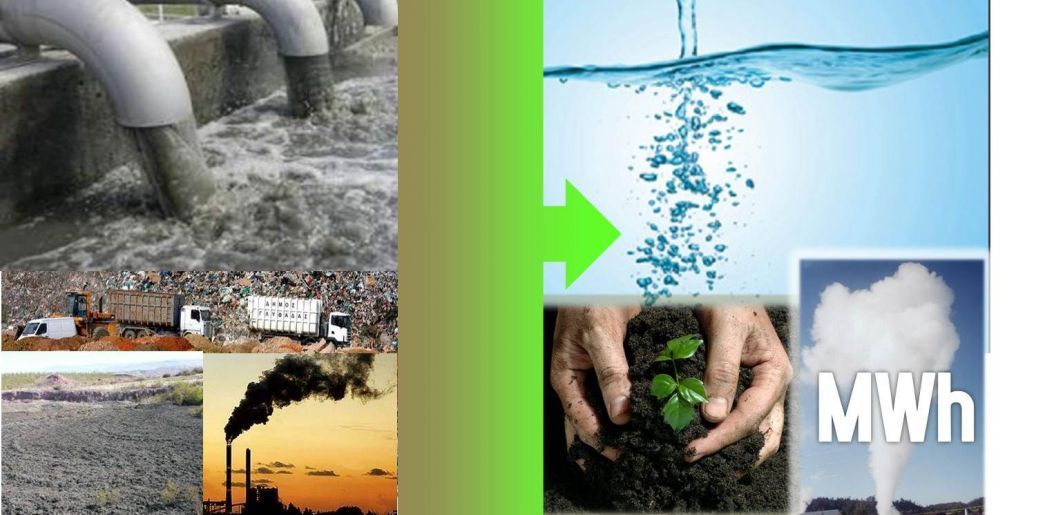AÑO
2023
CATEGORÍA
Comunidad
OBJETIVOS
Industria, innovación e infraestructura, Ciudades y comunidades sostenibles, Producción y consumo responsables, Acción por el clima, Vida submarina
PAL. CLAVE
fashion, sustainable, Waste- and mycelium-based biomaterials, future, Innovation
PAÍS
México
CRÉDITOS
Polybion
LINK
https://www.polybion.bio/
Celium™
We are feeding bacteria with fruit waste to grow Celium™, a premium leather alternative.
How does it work?
We grow Celium by feeding bacteria with agroindustrial fruit waste. But, first, we set up the perfect environment for cells, which self-organize to develop their cellulose structure (bioassembled), forming Celium's membrane as a result.
Celium's bioassembled membrane undergoes a sustainable stabilization process. Stabilization is a delicate procedure we've spent years developing to stop the decay process and get Celium to have high-performance characteristics.
Celium grows in a controlled industrial environment, hence it was alive at some point. Meaning we grew it, fed it, and kept it alive until it was collected and stabilized.
With zero discharge of hazardous chemicals in any part of the process, nor significant biomass outputs between growth cycles, Celium is as circular as it gets.
Why is it needed?
Polybion developed a circular production model simultaneously alleviating three major environmental problems: livestock, fruit waste, and plastic.
The Cow Solution
We use cellular agriculture instead of cattle raising. Our microorganisms do not require cleared forests to grow, nor water every day. Also, they are not methane emitters and grow Celium in just 20 days.
Food Waste Solution
By using food waste as raw material, we avoid waste carbon entering the environment in the form of methane. Instead, we trap it in material form so that it can be composted at the end of its life cycle, preventing this carbon from reaching the environment and heating our planet.
Plastic Problem Solution
By offering an alternative to PU and PVC leather we avoid the threat of micro-plastic pollution due to the amount of energy, water, and chemicals used to produce artificial leather materials.
How does it improve life?
Vision: to become the world’s most trusted source for premium, next generation biomaterials.
Mission: Celium brings at brings performance and possibility to 21st century designers and materials engineers.
Shifting to a circular economy, where we reduce, reuse and recycle, can decouple the world's growth from consumption. A push for circularity across multiple industries can create jobs and reduce waste and carbon emissions. It strengthens local economies in a socially-inclusive way, creating far more jobs than taking the traditional linear approach to waste. Enhancing circularity is an efficient lever to help society reach net-zero and by bringing our economy more into line with the Earth’s boundaries.



